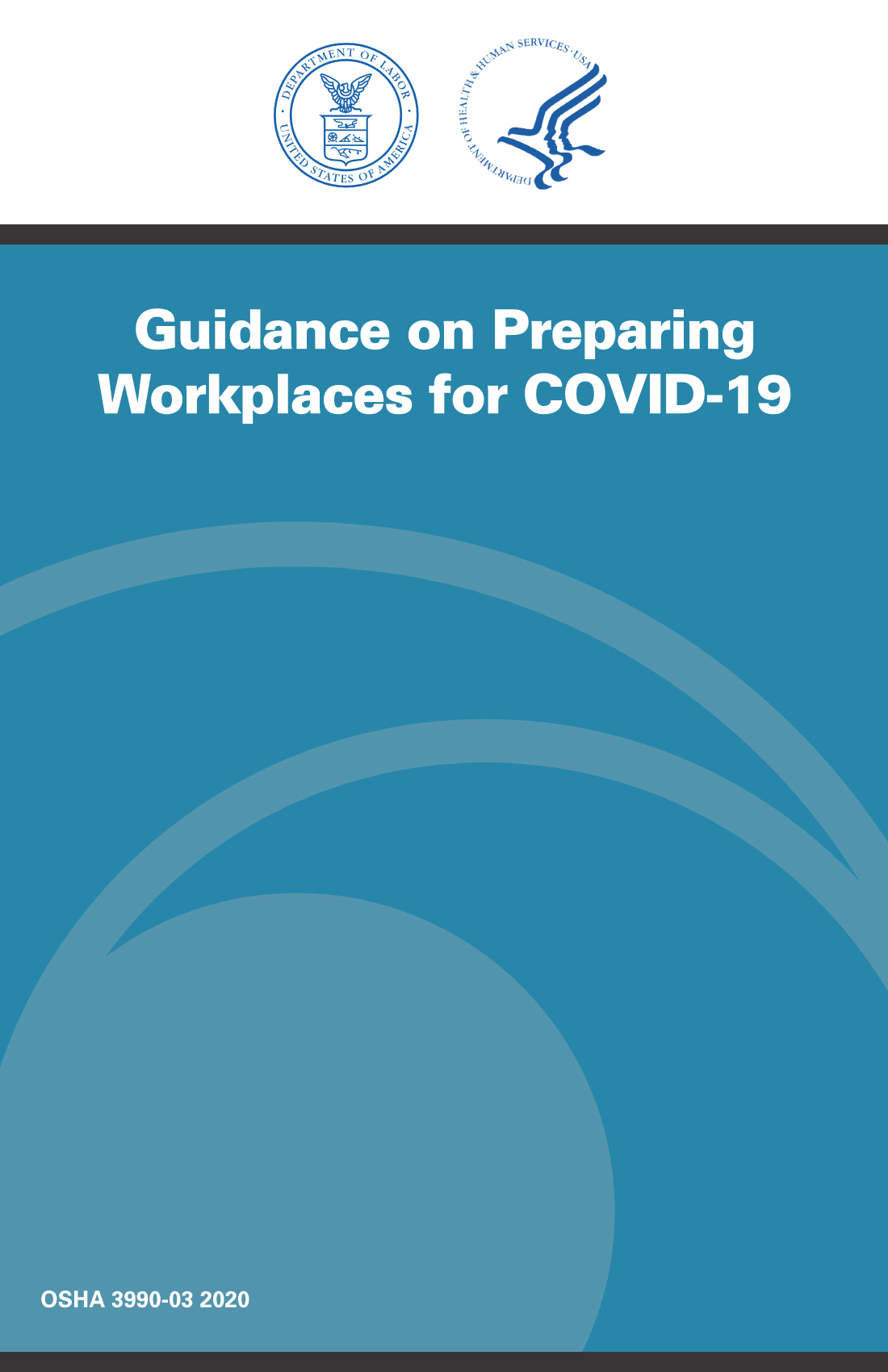As health care costs rise, so do copayments and coinsurance as a way to keep these costs in check. As a result, more individuals are skipping treatment, medications and preventive care measures to save money. In an attempt to combat this, some employers have adopted a value-based insurance design (VBID) in which copayments and costs are based on the value of the therapy to the individual, as opposed to the same price for all employees.
This relatively new design is based on the assumption that individuals do not understand the potential value of treatment, medications and preventive care for their health, and therefore do not comply with recommendations from their health care providers in order to save money. However, by lowering costs to the individual, it is assumed that compliance will increase, generally leading to overall healthier employees and lower health care costs in the long run.
What is a VBID plan?
Unlike charging every employee the same amount for blood pressure screenings or diabetes medications, for instance, prices are established by the employer and the insurance plan with the intention of helping employees avoid paying excessive amounts of money for necessary health care. This design attempts to avoid potentially devastating outcomes later, such as a heart attack that could have been prevented from taking blood pressure medication.

In a nutshell, within a VBID plan, patients who would benefit most from the treatment, medication or care pay less or nothing at all for services. Conversely, costs would be higher for those who seek services that are not necessarily of great benefit to them. This concept can be particularly effective for employees with chronic conditions such as diabetes and hypertension.
VBID plans also strive generally to encourage the use of high-value services for all employees, and discourage the overutilization of low-value or unproven services. In addition, the plan may be constructed in a way that favors and encourages use of high-quality, lower-cost providers and facilities.
Advantages of a VBID
- Decreasing cost should increase compliance.
- By getting the treatment they need for medical problems, especially chronic conditions, employees will avoid more expensive treatment in the future, thereby decreasing medical costs for the employer.
- It makes a company more attractive to potential employees looking for affordable, solid health care.
- Advocates argue that it makes more sense to address health care costs based on individual patient situations and needs, rather than a “one size fits all” approach.
Disadvantages of a VBID
- There is an initial increase in plan costs for employers as a result of increased utilization.
- There is a risk of violating the privacy of employees who have specific medical conditions that make them eligible for individualized copayments and benefits.
- Calculating the cost for services based on value/benefit is very complex and the program will only be effective if these calculations and cost-sharing decisions are accurate.
- Employees may object to paying more for the same treatment for which a fellow employee paid significantly less.
- Administering the plan may cost more.
- There is a potential for fraud, or for attracting more employees with chronic diseases.

Questions to Consider
- How do your compliance rates compare with benchmarks?
- Are your copayments structured to provide lower-cost options? If so, are your employees taking advantage of those options?
- Are your employees using generics?
- Are copayments aligned with your employees’ incomes?
- If lowering copayments is the right strategy, which therapy classes should you target?
- How would you structure a VBID program – which services/treatments would you incentivize and what strategies would you use?
- Will you target one or more specific diseases, such as diabetes, or a broader range of diseases/services/treatments?
- How will adopting a VBID program affect the company financially?
- What type of process will you have in place for resolving disputes about the cost/benefit of a particular treatment or medication?
- How will you communicate this plan to employees to emphasize the benefits for them?
It is important that employers take a look at their employee demographics as it pertains to health conditions. If you have multiple employees with chronic conditions, a VBID plan may be perfect for your organization. Make sure to consider all pros, cons, and questions when choosing an insurance plan.








